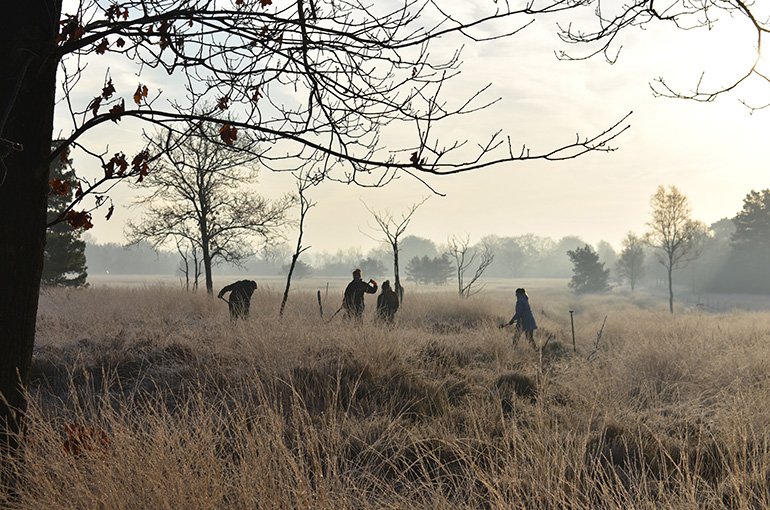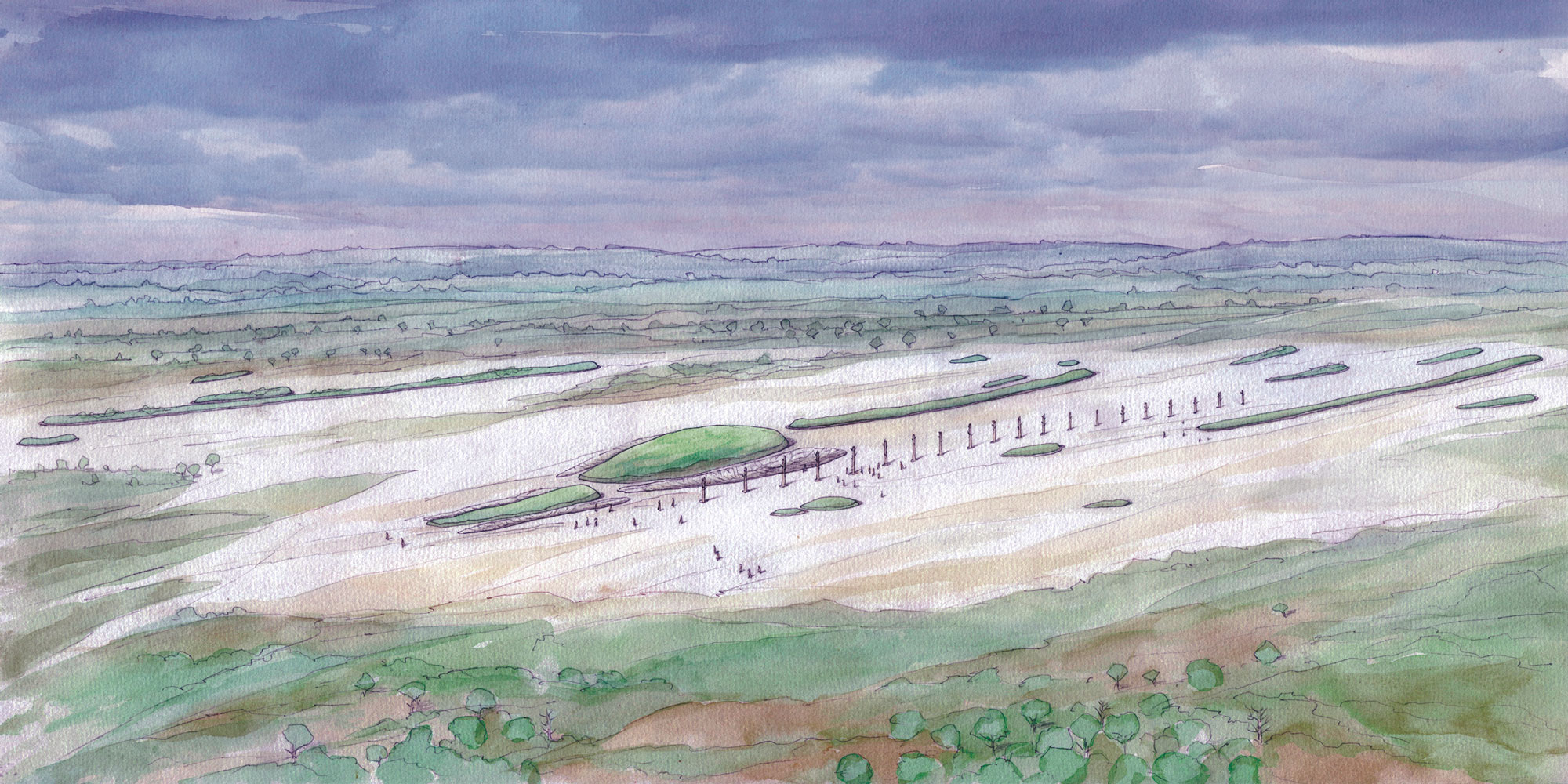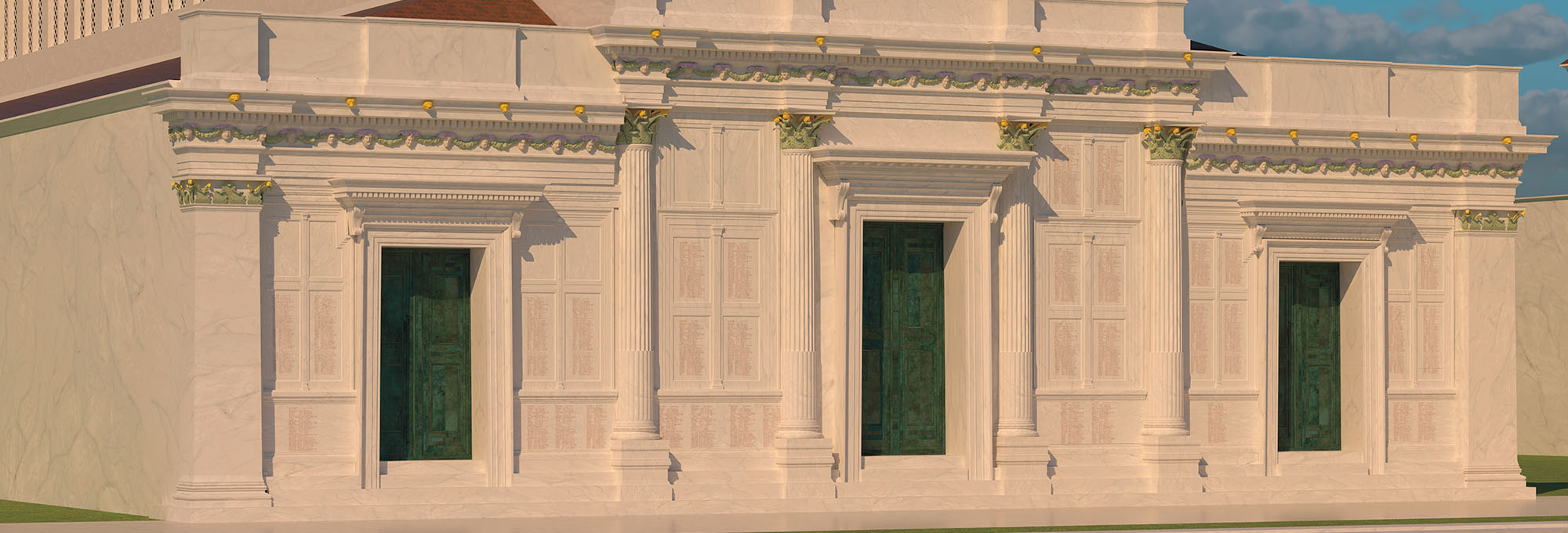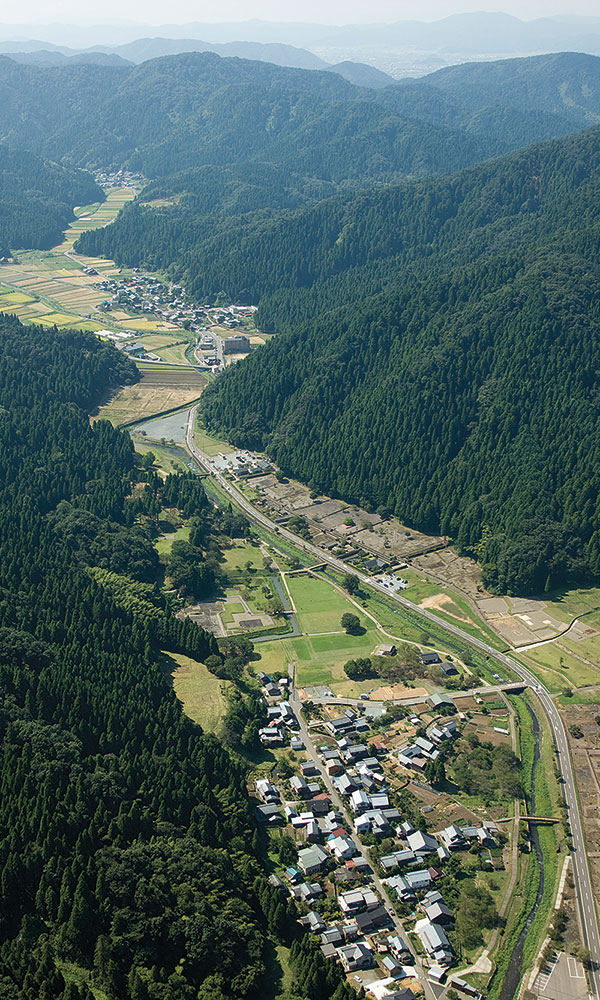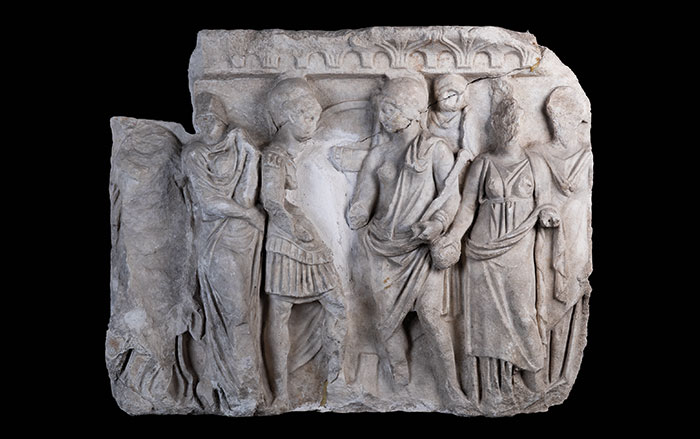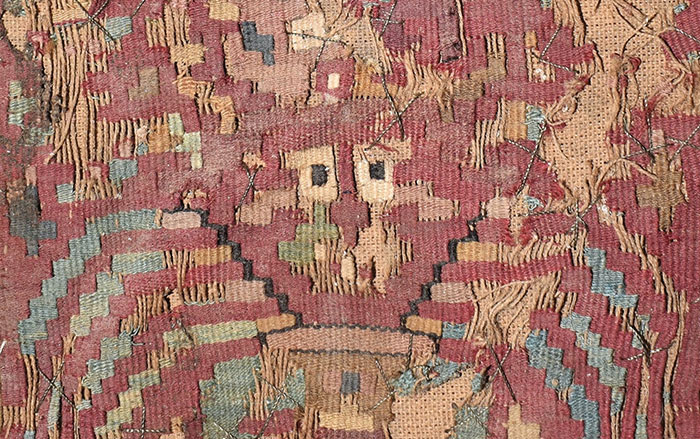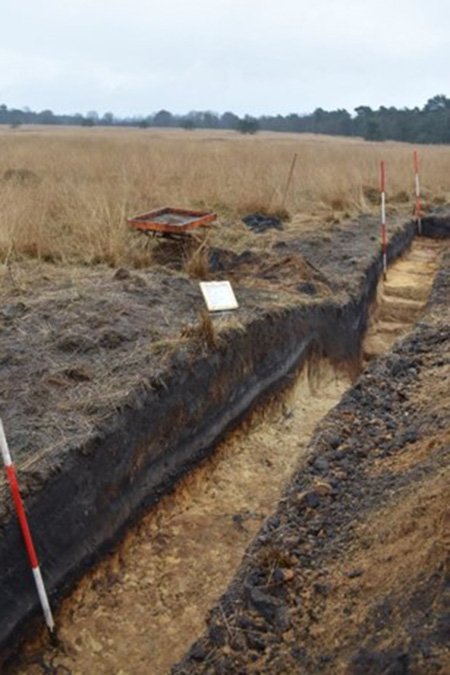
HOOG BUURLO, THE NETHERLANDS—An archaeological team identified a buried Roman military camp dating to the second century a.d. around 15 miles north of the Roman Empire’s official border at that time, which ran along the Rhine River, according to a statement released by Utrecht University. There was not much evidence of structures aboveground, but a lidar survey revealed the camp's 22-acre extent, including a 10-foot-wide defensive rampart. Researchers believe the site might have only been used as a temporary marching camp where Roman soldiers stayed for just a few days. It is even possible it served as a stopover en route to another camp at Ermelo-Leuvenum, about a day’s march away. “Only four such temporary Roman camps are known in the Netherlands,” said archaeologist Saskia Stevens. “We are particularly interested in these kinds of camps because they provide valuable insights into Roman military presence and operations in frontier regions. They help us understand the routes taken by Roman troops and show how the Romans made extensive use of territories beyond the formal boundaries of their Empire.” To read more about archaeological evidence from Roman sites in the Netherlands, go to "Black Magic Seeds."


